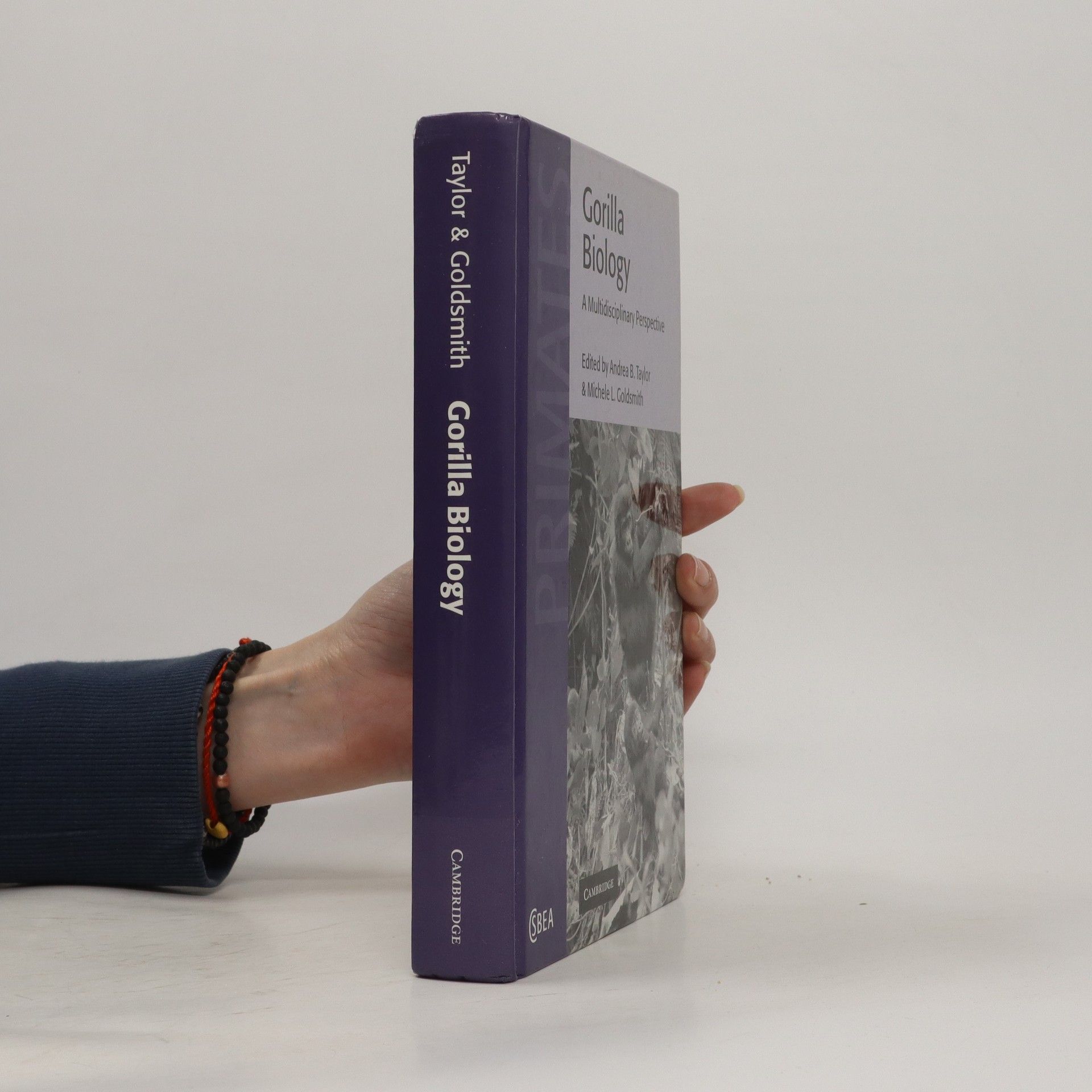Neanderthals and Modern Humans
An Ecological and Evolutionary Perspective
- 268pages
- 10 heures de lecture
The book presents compelling evidence that climate change, rather than competition with early humans, was the primary factor behind the extinction of Neanderthals. It explores how environmental shifts affected their survival, offering a fresh perspective on their demise and challenging traditional narratives about human-Neanderthal interactions. Through a detailed analysis, the author highlights the vulnerability of Neanderthals to changing climates, reshaping our understanding of their history and the impact of environmental factors on species survival.

